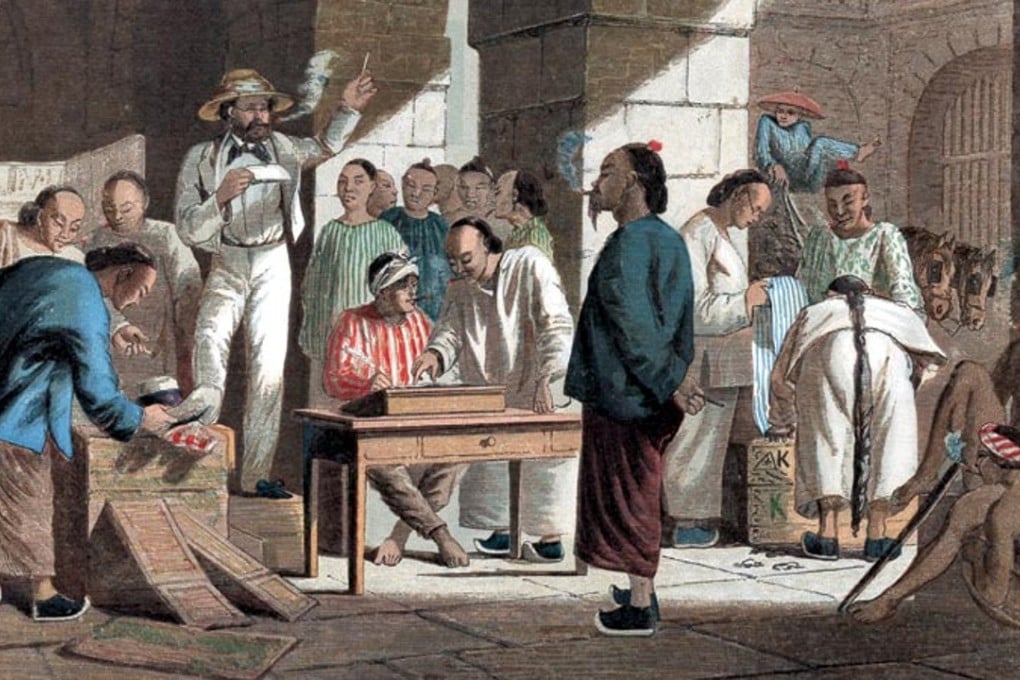Language Matters | Where the word gweilo comes from, and other names East Asians have for foreigners
Once considered offensive, the Cantonese slang for white man is now generally accepted, even embraced, by some expats as a light-hearted epithet

“Foreign devil” is how gweilo, that widely used epithet in Hong Kong for Caucasians, is usually translated. Composed of the Cantonese 鬼 “gwái” (“ghost”) and 佬 “lóu” (“man, chap, regular guy”), gweilo/gwai lo literally means “ghost/devil man”, and has been considered pejorative, especially if prefaced by 死 (“dead”), to give séi gwáilóu, akin to “damn foreigner”. The Oxford English Dictionary’s earliest documentation, in an 1878 Far East glossary, is kwei-tsze, kuei-tzu ˘ (“devil”), with “kwai-lo” noted in 1969.
Such a descriptor was purportedly coined in early encounters in the Pearl River Delta with Europeans in reference to their pale skin. The recognition of this physical feature is also reflected in other languages. The Indonesian term for foreigner is orang bule – “orang” is “person” and “bule”, originally “bulai”, is “albino” – referring to the light hair and eye colour and pale skin of foreigners of European descent.

Hair colour is often among the physical features referred to, and in Singapore and Malaysia, a Caucasian foreigner is an angmoh, from the Hokkien “âng-mô” 紅毛 (“red hair”).
The default term for “foreigner” in Singapore and Malaysian English since the mid-20th century, its origin can be traced to 16th- and 17th-century contact between Minnan speakers in southern Fujian province and the Dutch, referring to what struck the locals about their looks.
Fort Antonio, built in 1644 by the Dutch in Danshui, Taiwan, is referred to by the Minnan-speaking locals as “ang mo fort”.

